Candlestick Patterns
Unlock the secrets of Candlestick Patterns. Explore lesser-known insights and gain a competitive edge in trading.
Candlestick patterns play a crucial role in technical analysis, providing valuable insights into market trends and potential price movements. In this comprehensive guide, we will explore various candlestick patterns, their significance, and how traders can leverage them to make informed decisions. From classic bullish and bearish patterns to specialized formations like the hammer and shooting star, we'll delve into the world of candlestick analysis.
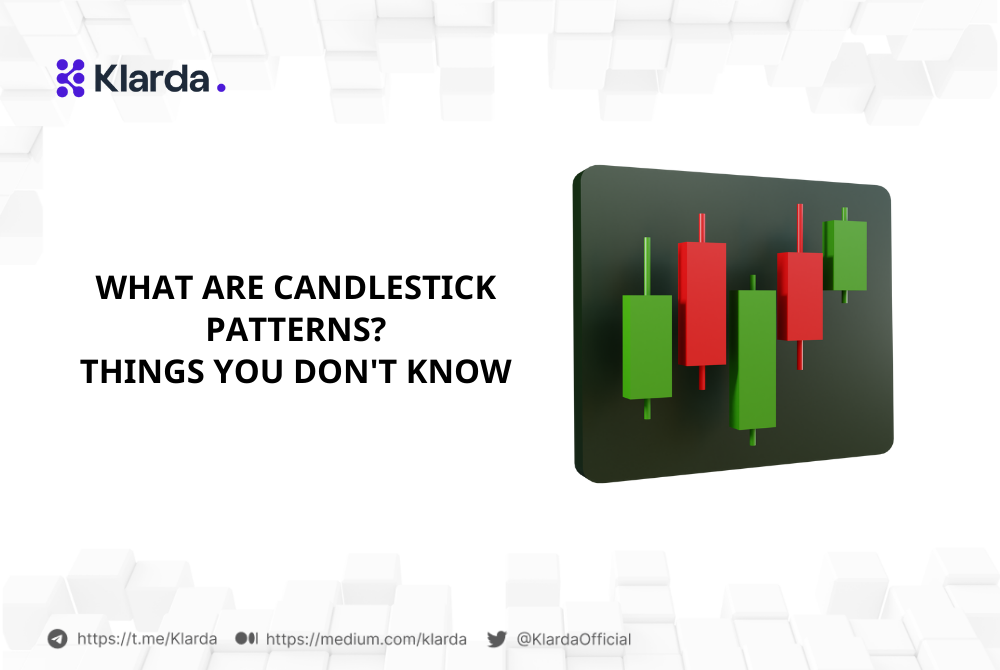
WHAT ARE CANDLESTICK PATTERNS?
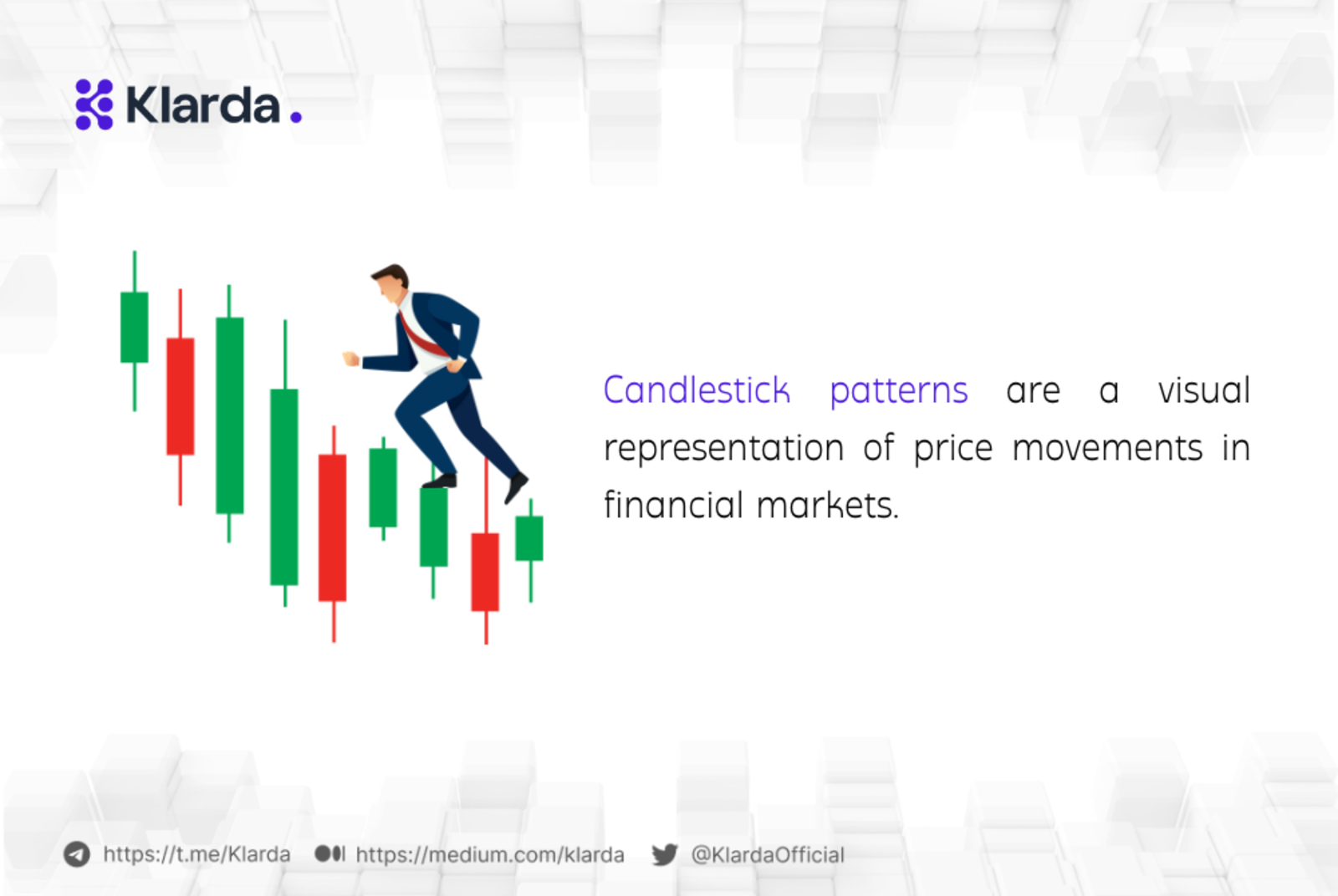
What are Candlestick Patterns?
Candlestick patterns are a visual representation of price movements in financial markets. Developed in Japan in the 18th century, they originated from the rice trade and were later introduced to the Western world. Munehisa Homma, a Japanese rice merchant, is often credited as the pioneer behind candlestick charting. The method gained widespread popularity due to its effectiveness in analyzing price trends and predicting potential reversals.
Candlestick patterns utilize individual "candles" on a chart to illustrate the open, high, low, and close prices for a specific period. Each candlestick consists of a body and wicks (or shadows), with the body representing the price range between the open and close, and the wicks indicating the high and low points.
TYPES OF CANDLESTICK PATTERNS
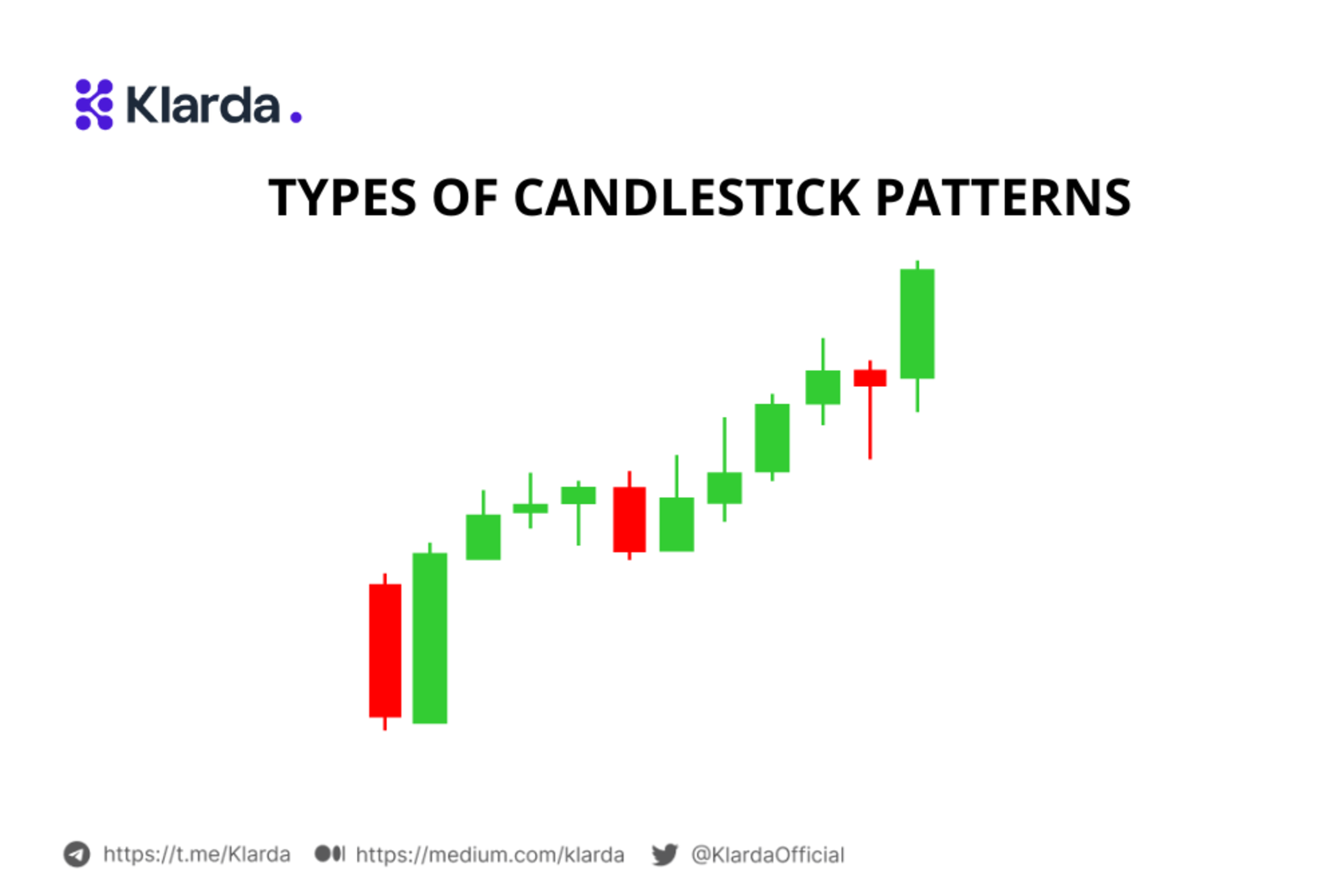
Types of Candlestick Patterns
Bullish Candlestick Patterns
Bullish candlestick patterns suggest potential upward price movements. Common examples include the Hammer, Engulfing, and Morning Star patterns. These formations indicate that buyers are gaining control, and a bullish trend may be imminent.
Bearish Candlestick Patterns
Conversely, bearish candlestick patterns signal potential downward price movements. Patterns like the Shooting Star, Evening Star, and Bearish Engulfing indicate that sellers are gaining dominance, potentially leading to a bearish trend.
Reversal Candlestick Patterns
Reversal candlestick patterns highlight potential changes in the prevailing trend. Examples include the Double Top, Double Bottom, and Head and Shoulders patterns. Traders use these patterns to anticipate a shift in market sentiment.
Doji Candlestick Patterns
Doji candlestick patterns represent market indecision, where the opening and closing prices are nearly equal, resulting in a small or nonexistent body. Doji patterns indicate uncertainty and suggest that neither buyers nor sellers have a clear advantage.
How Many Candlestick Patterns Are There?
- Exploring the Diversity of Patterns: The world of candlestick patterns is rich and diverse, offering numerous formations with varying degrees of reliability. Traders can choose from single-candle patterns, such as the Doji and Hammer, to complex multi-candle patterns like the Three Black Crows or Three White Soldiers.
- Common and Rare Patterns: While some patterns are widely recognized and frequently observed, others are rare and may carry a higher significance when they do occur. Common patterns provide more frequent signals but may be subject to false alarms. In contrast, rare patterns can offer stronger signals but are less frequent in occurrence.
MASTERING CANDLESTICK PATTERNS
Reading and Identifying Patterns
How to Read Candlestick Patterns: Understanding candlestick patterns involves analyzing elements like body size and wick length. Traders interpret patterns within the context of market trends and prior price action.
List of Candlestick Patterns and Their Meanings: Familiarizing oneself with common patterns, such as Hammer, Shooting Star, Engulfing, and Doji, is crucial. Each pattern carries specific meanings, aiding traders in gauging market sentiment.
Identifying Patterns in Real-time: Developing the skill to identify patterns in real-time is essential. Traders use charting software with pattern recognition tools and practice consistently to quickly spot and react to changing market conditions.
Practical Application
Trading Candlestick Patterns
- Strategies for Incorporating Patterns into Trading: Successful trading involves integrating candlestick patterns with other indicators like moving averages for confirmation. Traders adjust position sizes and set stop-loss orders based on risk management principles.
- Risk Management and Position Sizing: Implementing effective risk management is crucial. Traders adjust position sizes according to risk tolerance, protecting their capital and optimizing long-term success.
Do Candlestick Patterns Work? - Analyzing the Effectiveness of Patterns: Candlestick patterns are effective but depend on factors like market conditions and timeframes. Backtesting on historical data helps assess pattern reliability.
- Real-world Examples: Examining real-world examples on historical charts provides practical insights. Analyzing documented patterns and their outcomes in live markets builds confidence in recognizing and acting upon patterns.
TECHNIQUES AND TIPS FOR SUCCESSFUL TRADING
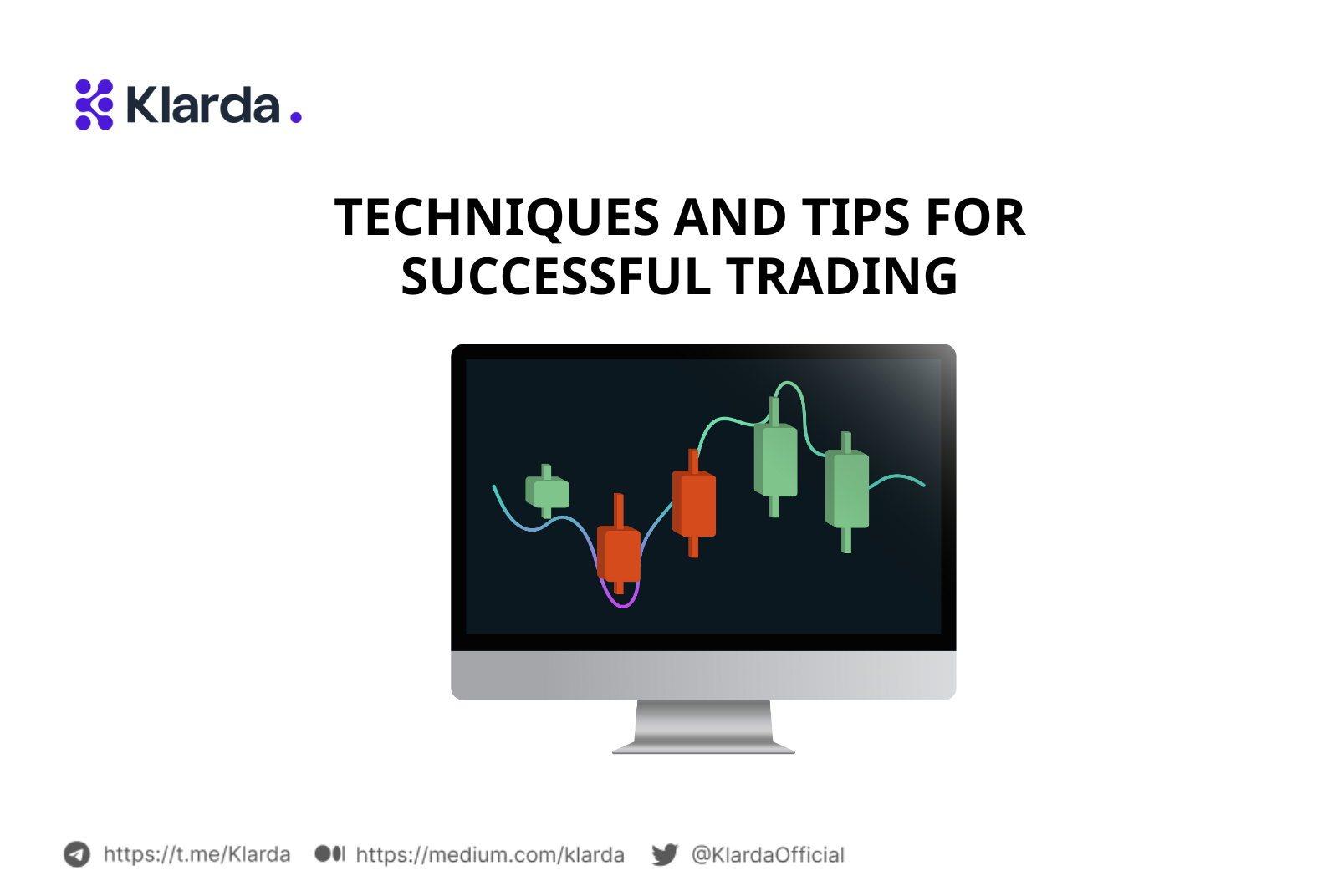
Techniques and tips for successful trading
How to Trade Candlestick Patterns?
Entry and Exit Strategies
Trading candlestick patterns requires well-defined entry and exit strategies. Traders often enter positions when a pattern is confirmed by additional indicators, increasing the likelihood of a favorable outcome. Exit strategies may involve setting profit targets or employing trailing stop-loss orders to maximize gains while mitigating losses.
Timeframes and Pattern Confirmation
Consideration of timeframes is crucial when trading candlestick patterns. Shorter timeframes may provide more frequent but less reliable signals, while longer timeframes offer more robust but infrequent opportunities. Pattern confirmation involves waiting for supporting signals, such as volume increases or trendline alignments, to strengthen the reliability of the identified pattern.
Best Candlestick Patterns for Beginners?
Novice traders benefit from focusing on specific candlestick patterns that are relatively easy to interpret.
Patterns Suitable for Novice Traders: Simple patterns like Hammer, Doji, and Engulfing are ideal for beginners due to their clear signals and widespread occurrence.
Building a Strong Foundation in Candlestick Analysis: Beginners should prioritize building a solid foundation in understanding the basic patterns before exploring more complex formations. This involves practicing pattern recognition on historical charts and gaining confidence in identifying key signals.
Candlestick Patterns Japanese Style
- Traditional Japanese Candlestick Patterns: Exploring traditional Japanese candlestick patterns provides a deeper understanding of their origins. Patterns like "Inverted Hammer" and "Harami" have roots in Japanese rice trading. Understanding these traditional patterns enhances a trader's ability to interpret market sentiment and potential price movements.
- Cultural Insights and Historical Context: Traditional Japanese candlestick patterns are deeply intertwined with Japanese culture and history. For instance, the Doji represents a state of market equilibrium, reflecting the balance between buyers and sellers. By delving into the cultural context, traders gain insights into the psychological aspects of market participants, aiding in more nuanced analysis.
ADVANCED ANALYSIS AND STRATEGIES
Candlestick Patterns Analysis
- Technical Indicators and Oscillators in Conjunction with Patterns: Advanced traders often combine candlestick patterns with technical indicators and oscillators to refine their analysis. For instance, using Moving Average Convergence Divergence (MACD) or Relative Strength Index (RSI) alongside patterns can provide additional confirmation signals. This approach helps traders filter out false signals and enhances the reliability of their decision-making.
- Advanced Chart Patterns and Combinations: In addition to basic candlestick patterns, advanced chart patterns such as triangles, flags, and wedges are incorporated into analysis. Traders look for confluence, where multiple patterns align or complement each other, providing a more robust signal. Recognizing these complex combinations requires a deep understanding of chart patterns and market dynamics.
Types of Candlestick Patterns: Specialized Insights
Hammer and Shooting Star Patterns
- Candlestick Patterns Hammer: This bullish reversal pattern indicates potential trend reversal after a downtrend. Traders look for a small body and a long lower wick, suggesting buying pressure.
- Candlestick Patterns Shooting Star: A bearish reversal pattern observed after an uptrend. It signals potential market reversal, characterized by a small body and a long upper wick.
How to Use Candlestick Patterns?
- Integrating Candlestick Analysis into a Comprehensive Trading Strategy: Successful traders integrate candlestick analysis into a comprehensive trading strategy. This involves considering multiple factors, including fundamental analysis, market trends, and macroeconomic indicators. By combining candlestick patterns with a holistic approach, traders create a more robust and well-informed strategy.
- Automation and Algorithmic Trading: In the era of advanced technology, traders leverage automation and algorithmic trading to execute candlestick-based strategies. Algorithms can quickly analyze vast amounts of data, identify patterns, and execute trades with precision. While automation streamlines the process, traders must continuously monitor and adjust algorithms to adapt to changing market conditions.
FAQs about Candlestick Patterns
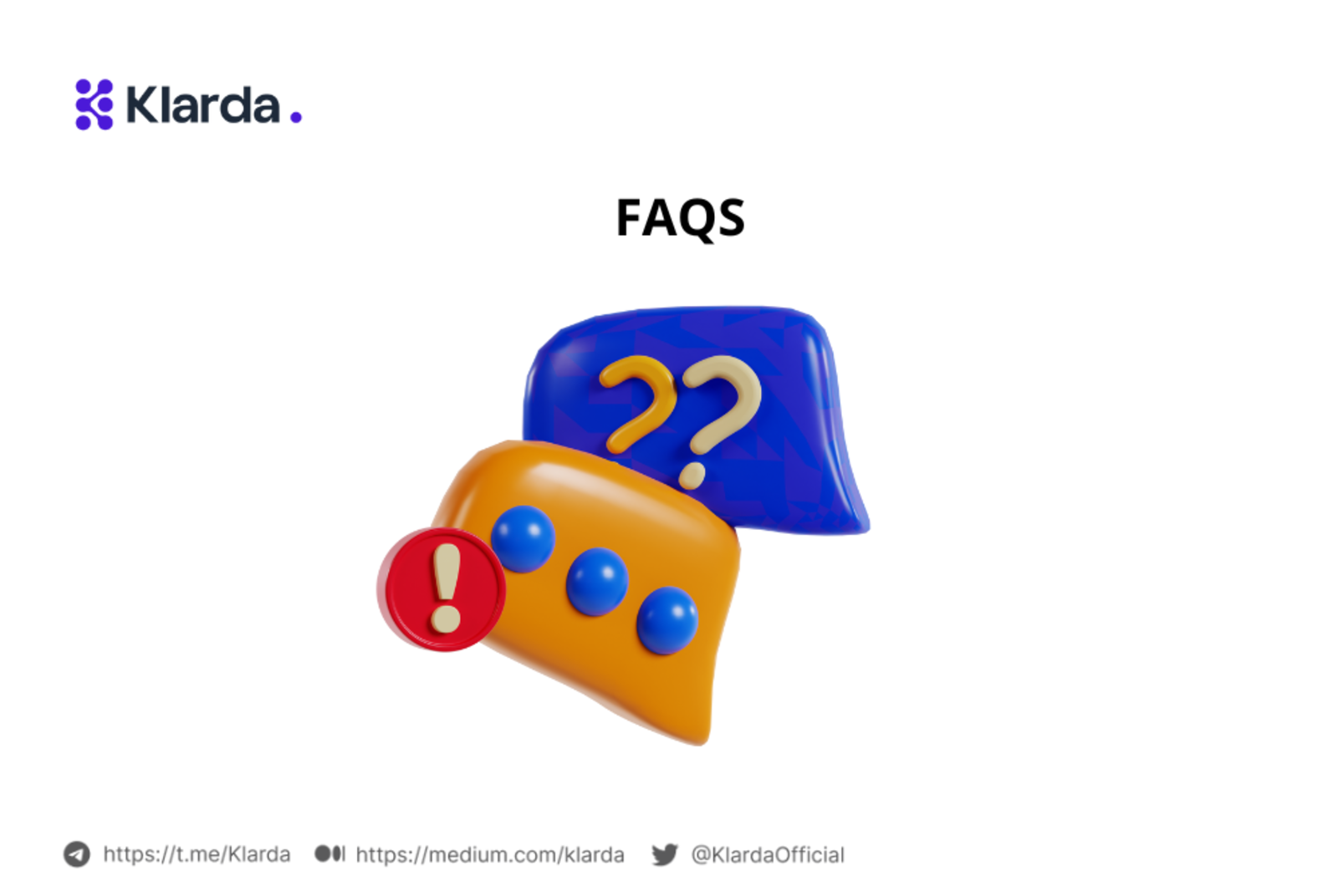
Do candlestick patterns work?
Candlestick patterns are widely used in technical analysis and can be effective in predicting price movements. However, their success depends on various factors such as market conditions, timeframe, and confirmation from other indicators. Traders often combine candlestick patterns with additional analysis to increase the reliability of their signals.
How to identify candlestick patterns?
Identifying candlestick patterns involves recognizing specific formations on price charts. Traders look for patterns like Hammers, Dojis, and Engulfing patterns, considering the shape and structure of individual candles. Practice, familiarity with pattern characteristics, and using pattern recognition tools in charting software are essential for accurate identification.
How to trading candlestick patterns pdf?
To learn how to trade candlestick patterns using a PDF guide, follow these steps:
- Search for a comprehensive "Candlestick Patterns PDF" online.
- Download the PDF guide, which typically includes explanations, visual representations, and examples of various candlestick patterns.
- Study the content thoroughly, understanding the meanings and implications of different patterns.
- Practice identifying patterns on historical charts and gradually incorporate this knowledge into your trading strategy.
- Remember to cross-reference information from reliable sources and continually enhance your understanding through real-world application.
In synergy with the insights offered in "Mastering Candlestick Patterns: A Comprehensive Guide to Boost Your Trading Skills," Klarda emerges as an invaluable ally for traders seeking to elevate their market acumen. With an extensive collection of real-time news and social sentiments, Klarda enables users to stay abreast of market developments seamlessly. Like the guide's emphasis on understanding historical patterns and predicting reversals, Klarda empowers users by providing a dynamic stream of information. Whether it's tracking breaking news or gauging social sentiments, Klarda's functionalities align seamlessly with the principles outlined in the comprehensive candlestick patterns guide, fostering a well-informed and adept trading experience.
In conclusion, mastering candlestick patterns is a valuable skill for any trader. Whether you are a beginner or an experienced investor, understanding the nuances of these patterns can significantly enhance your decision-making process. This guide aims to provide a comprehensive resource for traders looking to navigate the complex world of candlestick analysis, offering insights, strategies, and practical tips for success in the dynamic financial markets.
Updated 7 months ago